Purdue Extension Soybean Specialist Shaun Casteel and Corn Specialist Dan Quinn are back for another episode of the Purdue Crop Chat Podcast. On this episode, the guys discuss the most recent crop condition ratings and compare that to what they’re seeing around the state. Casteel also discusses the advantages to having a drone to scout your field at this point in the season.
436 articles tagged "Agronomy Tips".
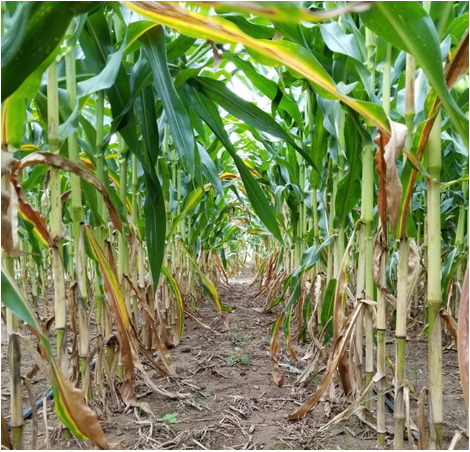
Many locations in Indiana recently experienced rainfall totals in excess of 5 inches in a relatively short period of time. The heavy rainfall has resulted in significant water movement through the soil profile, saturated soils, and some significant flooding and ponding in certain areas.
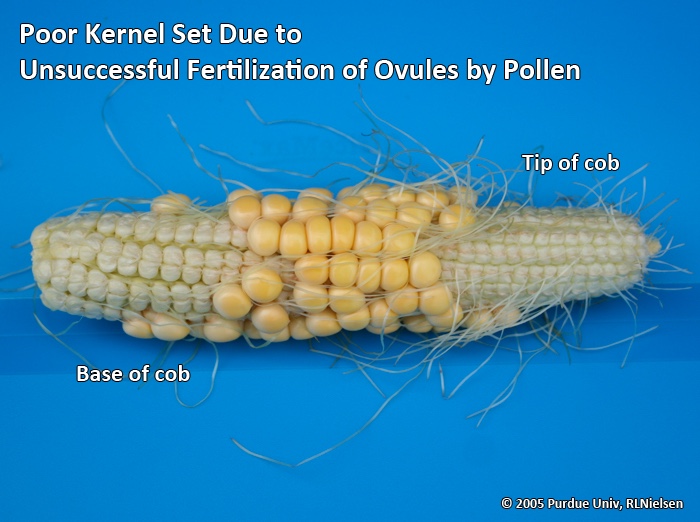
The post-pollination scuttlebutt overheard in coffee shops throughout Indiana during late summer often revolves around the potential for severe stress that might reduce kernel set or kernel size in neighborhood cornfields.
In this video, three different areas of a soybean field that have been subjected to extended periods of saturated soils to flooding are assessed for damage.

Early in June we were discussing the possibility of drought intensifying causing issues with stand establishment and early rooting and nodule development.
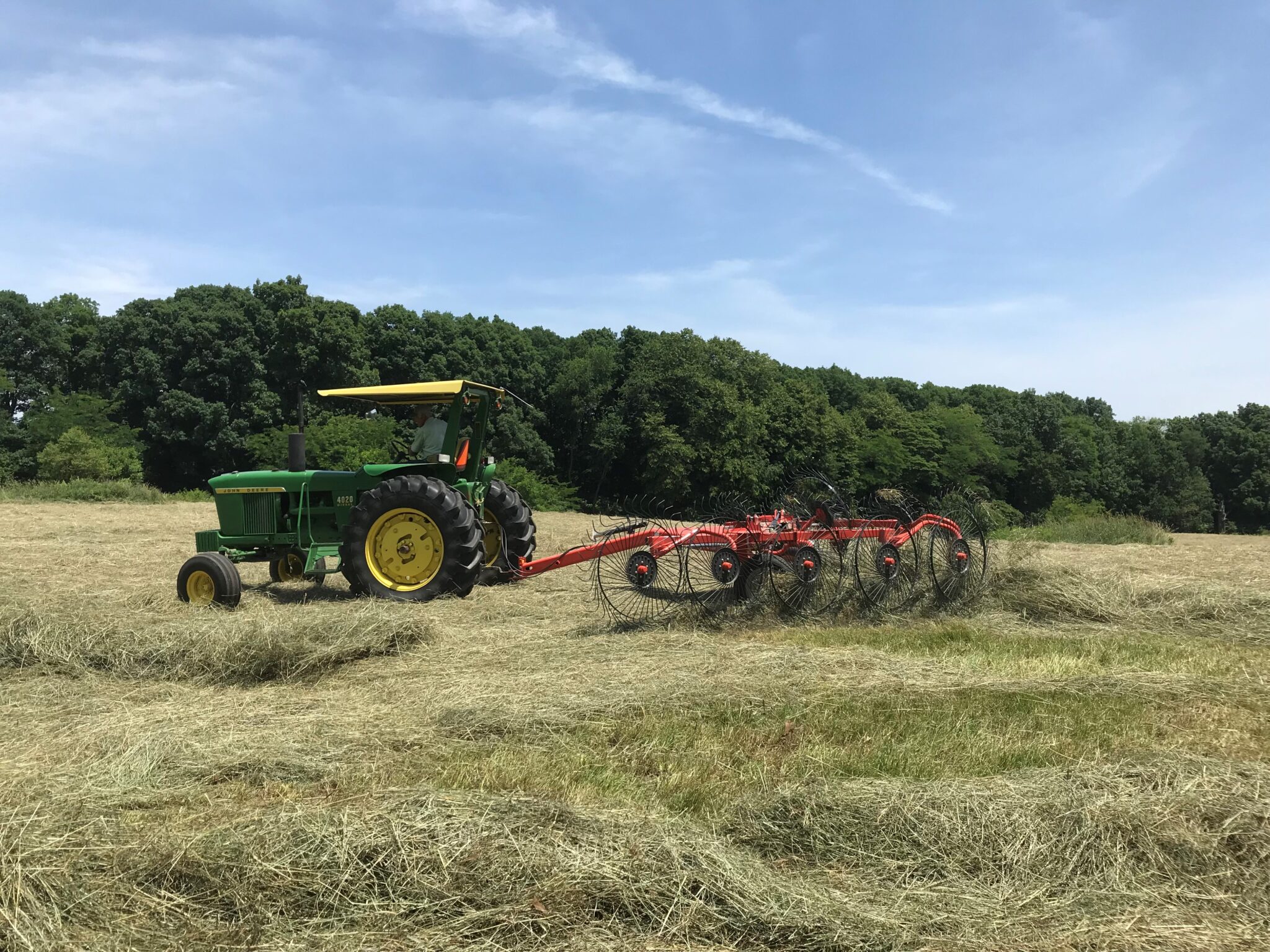
Environmental conditions that exist when forages are ready to be harvested influences the amount of hours that it takes to get to a safe baling moisture.
What a change a couple weeks of rain can make…Rains over the last 3 week have refilled the water holding capacity for most fields.
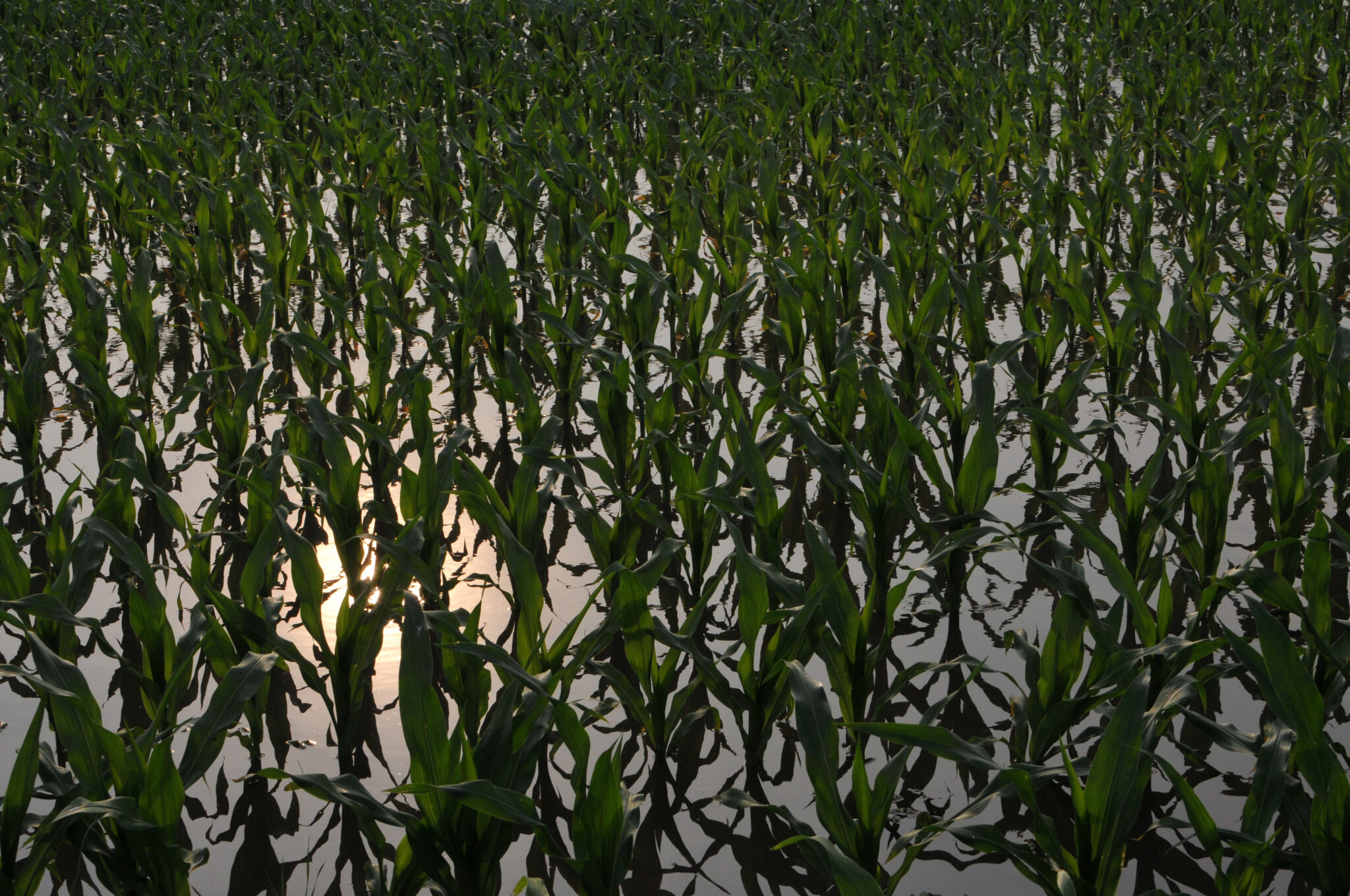
Over the last couple weeks, portions of Indiana have received significant rainfall amounts that have approached > than 5-6 in.
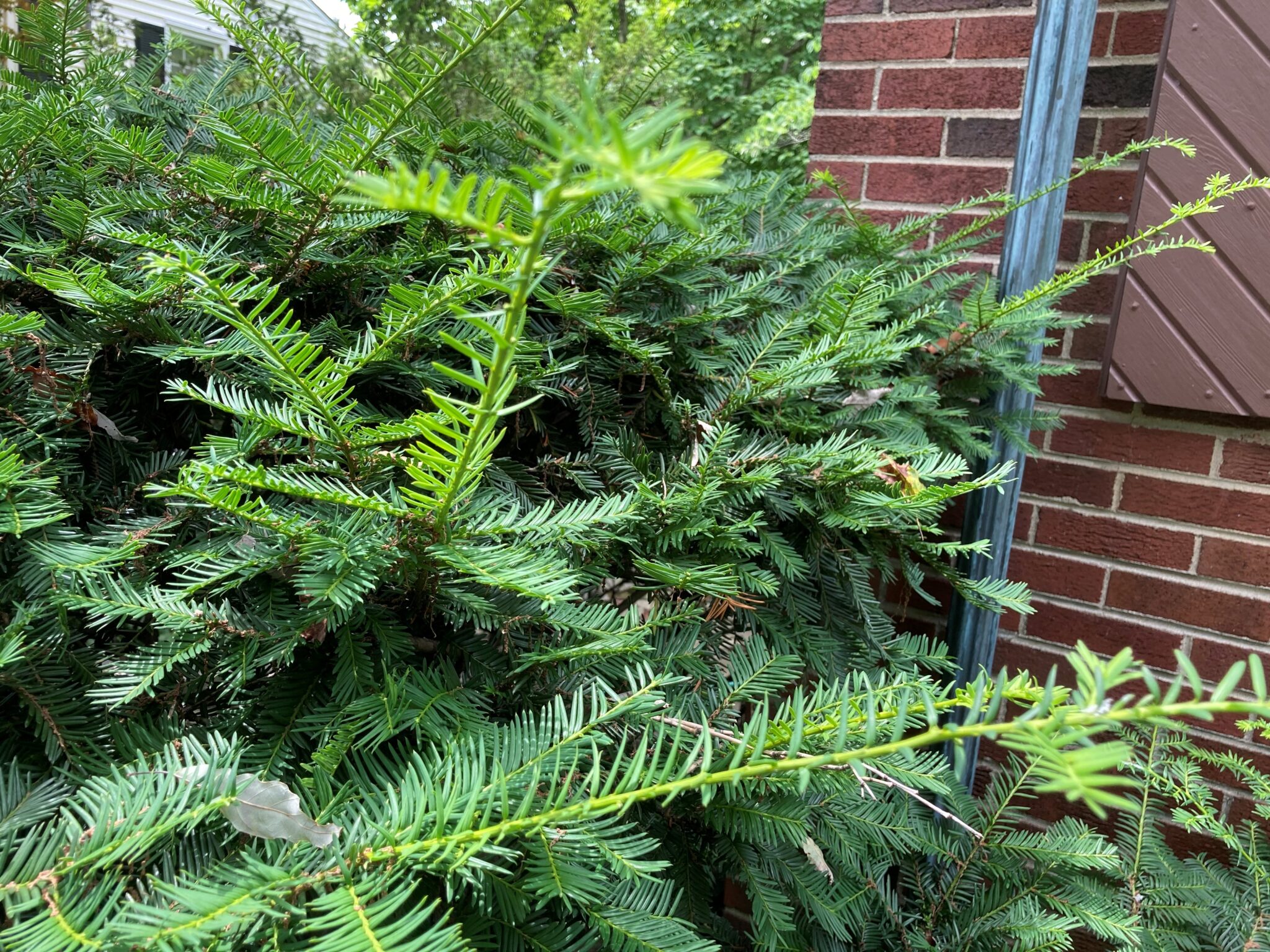
It’s that time of year when the yew (pronounced like the letter “U”) is likely in need of a trim to look best as a landscaping plant.

It has been my observation that many livestock producers that once used tower silos have transitioned to using plastic tubes for fermenting forages.


